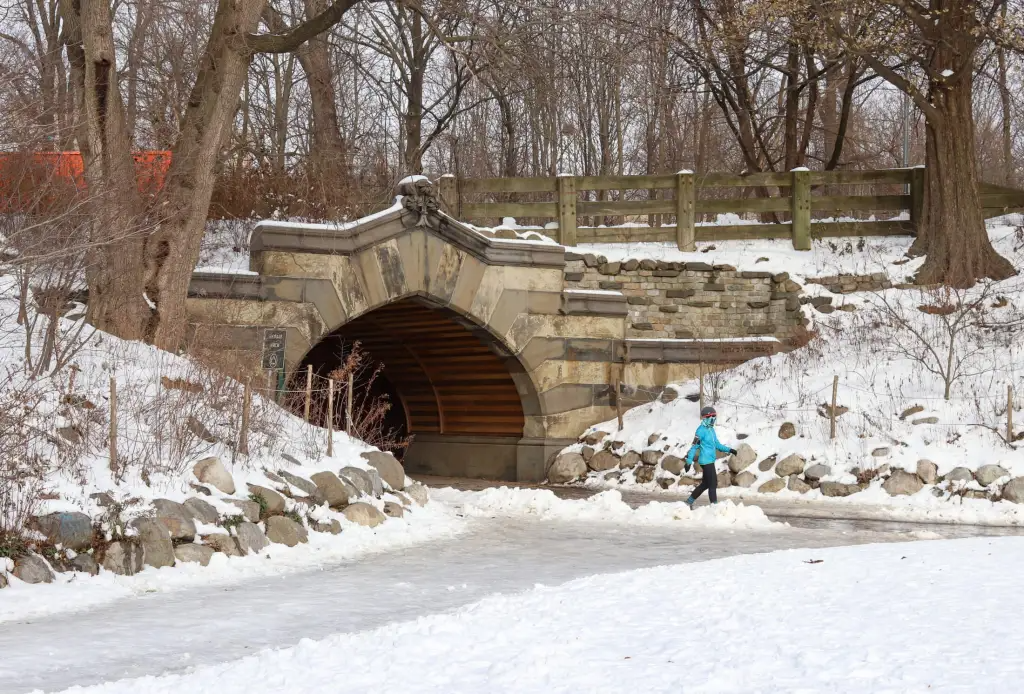Walkabout: Some Favorite Things: Part I
When I first moved to NYC, I lived in the Bronx, near relatives. Before moving to Brooklyn, I used to visit my friend, a Pratt student, who over the course of four years lived all over Clinton Hill and Fort Greene. Wandering around the neighborhood convinced me that Brooklyn was the place to be for…


When I first moved to NYC, I lived in the Bronx, near relatives.
Before moving to Brooklyn, I used to visit my friend, a Pratt student, who over the course of four years lived all over Clinton Hill and Fort Greene. Wandering around the neighborhood convinced me that Brooklyn was the place to be for someone who loved architecture.
After moving here, I started really noticing the small details, when I would go on long, wandering walks for exercise, got involved in the preservation of Crown Heights and Bed Stuy, and started taking lots of photographs, and lots of research.

I’ve wandered around a good deal of Brownstone Brooklyn in the past year, now hyper aware of every bit of architectural detail, the composition of blocks, the progression of style and history, use and adaptive re-use, and sometimes, the passing of an architectural treasure.
Some neighborhoods I know quite well, some not so well, and there are some I have barely explored. In the future, I hope to be able to add elements from neighborhoods like Windsor Terrace, Sunset Park, and Bushwick, for example, places I just haven’t gotten to. My favorites will be sure to increase with continued exploration.
In the meantime, here is the first in my Favorites series. These are just some of my favorite groups of houses. They were built to be viewed as a whole, as well as individual homes. Some, like the Montrose Morris houses, are framed under a common roof.

Others blend seamlessly across the row, forming an aesthetically pleasing progression down the street. Others are joined by the commonality of building materials, or ornament: a shared cornice, pressed metal ornamental bands, or other decorative elements that join them together.
More often than not, these houses were built in groups designed to fit into a set number of lots, often in the middle of other such groups. Most were not built specifically for a buyer, but were speculative housing, often for the upper middle classes.
The row houses of the early to mid 19th century were pretty much uniform, when built on spec, their attractiveness lying in their repeating uniformity. By the time of the Revivals, in the latter part of the century, much attention was paid to the individual-ness of design within groups.
Romanesque and Renaissance Revivals, as well as Queen Anne styles show great variety and inventiveness in their groupings.

Today, architectural historians group these houses by letters corresponding to their individual design: ABCBA, for example, where the two A houses are the same, the two B houses may have a different shaped bay, or façade, and the C house is different from the other two. Usually, the A houses act as anchors, and are often more ornate, or slightly larger, visually enclosing and embracing the entire group, and the C house is the focal point.
Depending on how many houses are in a group, the combinations can be many. I live in an ABCD group, where all houses are different, but share many common elements, including cornice design, doorways and trim.
The best architects working in Brooklyn, including Axel Hedman, George Chappell, the Parfitt Brothers, Amzi Hill and son Henry, Montrose Morris, Magnus Dahlander and William Reynolds, all were masters of row house design.

Axel Hedman was perhaps the most prolific in his groups of houses, found across much of Brownstone Brooklyn. His career will be featured soon, but in the meantime, a sneak peak is available along with the other greats and some unknowns, featured in my Flickr set.
Please feel free to add to the list of other great groups of houses in your neighborhood or Brooklyn travels, and please continue to write in your personal favorite Brooklyn buildings for Thursday’s columns.

[Photos by Suzanne Spellen]





If, on the other hand, I wanted to feel like I was in the middle of where the action is, where there is a dynamic spirit, where I could make a difference, then it would be no contest: Shanghai.
Posted by: benson at December 1, 2009 2:57 PM
Uh…road trip anyone?
benson,
those row houses off Flushing were government subsidized?
any idea who bought them or prices?
Joe,
para-political sounds good.
now, can one be para-political and believe in the para-normal?
Crop circles anyone?
Posted by: Legion at December 1, 2009 2:54 PM
HA! The “Brownstoner love” I’m getting today might convince me to come Thursday after all.
“and yet I’d rather live in Paris than Shanghai, hmmmm?”
Joe;
I used to think just like you (believe me). However, after working in Europe for a couple of years, I changed my mind.
Yes, Paris is certainly beautiful and if that were my sole criteria, I’d take it.
If, on the other hand, I wanted to feel like I was in the middle of where the action is, where there is a dynamic spirit, where I could make a difference, then it would be no contest: Shanghai.
benson,
those row houses off Flushing were government subsidized?
any idea who bought them or prices?
Joe,
para-political sounds good.
now, can one be para-political and believe in the para-normal?
Crop circles anyone?
Joe;
The words “Europe”, “Growth” and “Dynamic” don’t associate together these days, do they?
Posted by: benson at December 1, 2009 2:40 PM
and yet I’d rather live in Paris than Shanghai, hmmmm?
Joe,
I know you got alot of flack from the other posters about that issue and so did I.
my feeling is that scientists should be able to back up their claims with facts. there is by no means a “consensus” and in fact there is much proof otherwise as in
-satellite altimitry scans
-sea level rise data
-hurricane strength data
-land subsidence/coastline data
the e-mail scandal sure doesn’t help.
Posted by: Legion at December 1, 2009 2:39 PM
I agree Legion. Let us all be above politics/ideology, let’s all be honest and seek the truth FIRST. I heard a new term last week called “para-political.” Rather than apolitical which sounds like someone who is disgusted and made apathetic, someone who is “para-political” steps back from the tug-of-war paradigm and begins with a question, or a healthy hypothesis, not pre-conceived answer set in stone.
benson,
so true. it becomes a problem when money and politics get involved. money drives the competition for government grants. politicians guide the way grants are distributed. that’s how politicians can drive scientific data to all of our detriment.
Joe;
The words “Europe”, “Growth” and “Dynamic” don’t associate together these days, do they?
Joe,
I know you got alot of flack from the other posters about that issue and so did I.
my feeling is that scientists should be able to back up their claims with facts. there is by no means a “consensus” and in fact there is much proof otherwise as in
-satellite altimitry scans
-sea level rise data
-hurricane strength data
-land subsidence/coastline data
the e-mail scandal sure doesn’t help.